How to fire harden your home.
Prepare your home
for wildfire.
How do you harden your home against fire?
A wildfire doesn’t have to reach your home to damage it. Drifting embers are the cause of 90% of destroyed homes in a wildfire and can travel several miles before landing and igniting a new fire on or near your property. However, wildfire home hardening techniques can help increase your home’s survivability and fire resistance, especially against drifting embers.
The free Frontline app provides fire hardening checklists and helps you keep track of which items you have completed. Download the app today to fire harden your home.
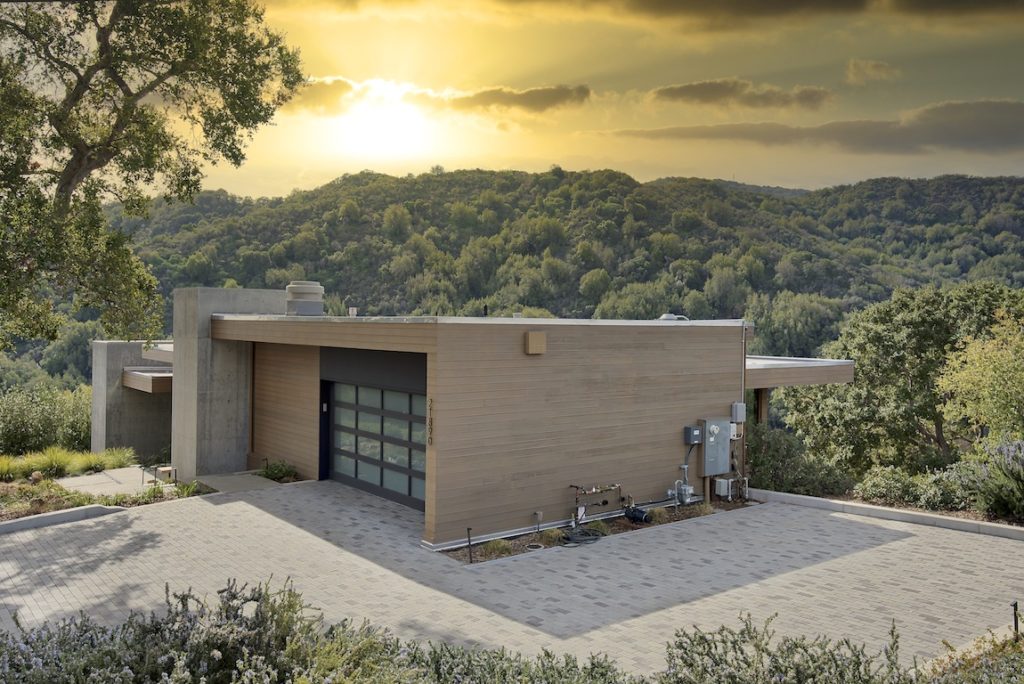
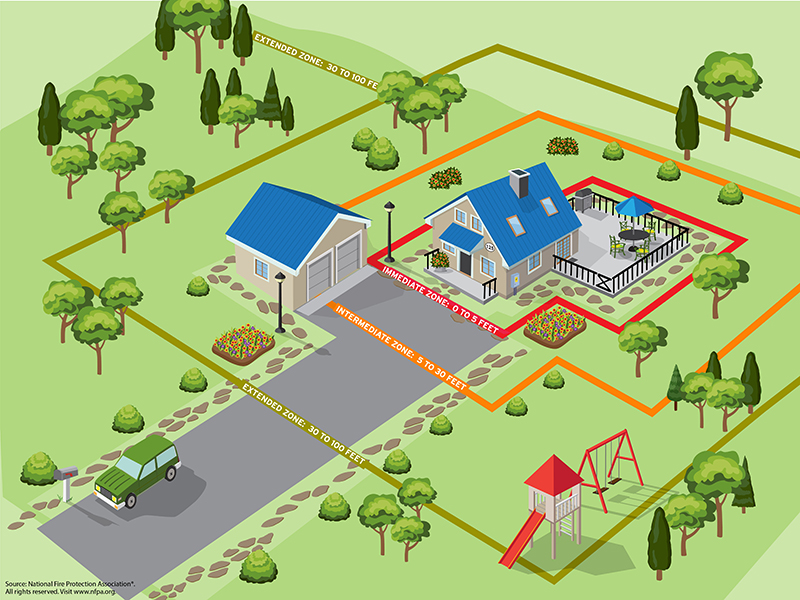
Prepare Home Ignition Zone zero (HIZ0).
Home ignition zone zero is defined as the actual structure of your home and the space that extends five feet from the exterior walls of your house. This is the most important area to focus on when preparing your home for wildfire as this is often the space where embers are able to land and ignite. The good news is that there are clear steps you can take to help fireproof your home from wildfire.
Re-imagining home hardening.
Historically, preparing your home for wildfire has meant taking actions to remove or reduce the presence of flammable material on or immediately around your home by using fire-resistant building materials or simply removing anything that might burn. This can be thought of as passive home hardening. A Frontline exterior sprinkler system begins to re-imagine home hardening by providing active home protection. With Frontline, you can have firefighter level protection for your home, without having to put firefighters in harm’s way.
Contact us today to take your home fire hardening to the next level.
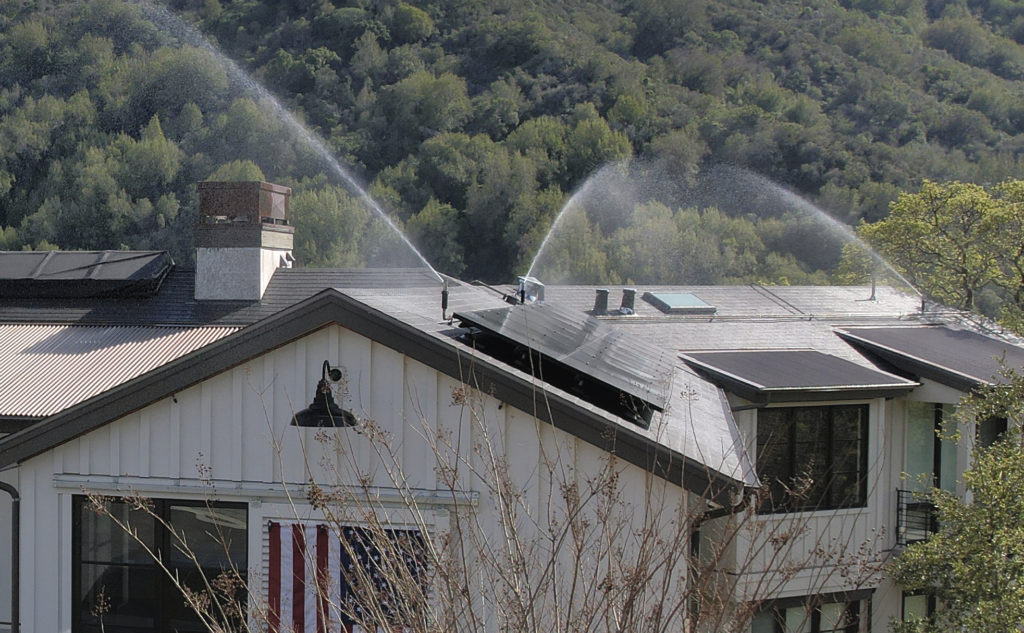
Four simple steps to prepare your home for wildfire.
Preparing your home for wildfire can feel overwhelming and expensive. However, the four actions below can typically be done quickly and at a relatively low cost. You may be able to do these home fire hardening projects yourself or with the assistance of a local handyman or home fire preparation company.
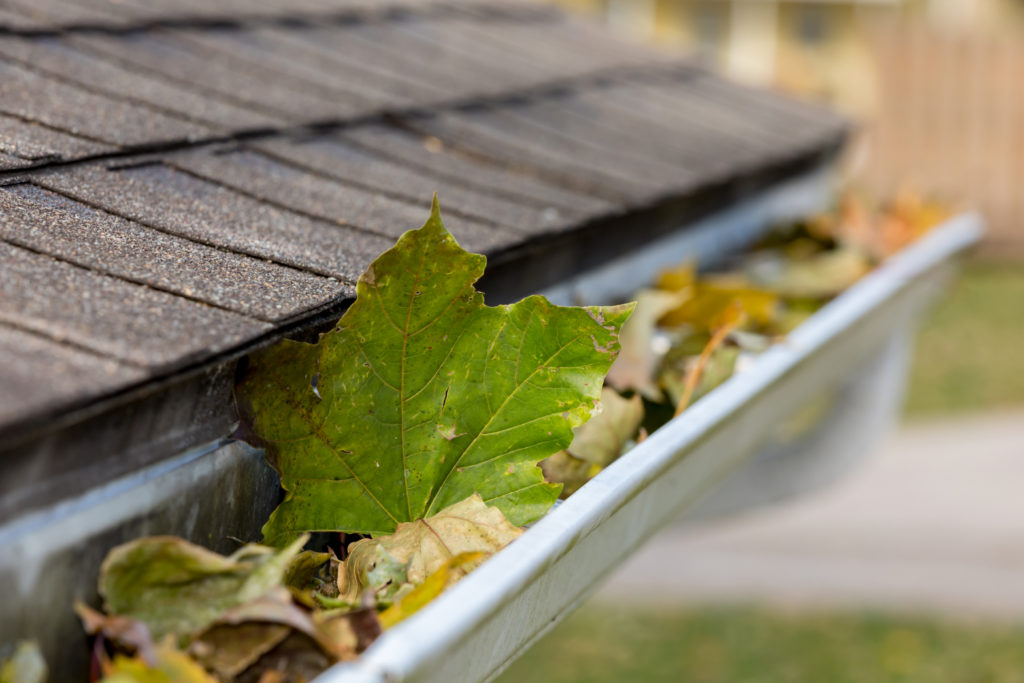
Fire-resistant gutters.
Debris such as leaves and pine needles can accumulate in your gutters and become dry and brittle over time. This provides an environment that can quickly ignite when exposed to embers from a wildfire. Cleaning your gutters is a simple but important step in protecting your home from wildfire. Hire a professional if you need assistance or if you are uncomfortable using a ladder to access your gutters.
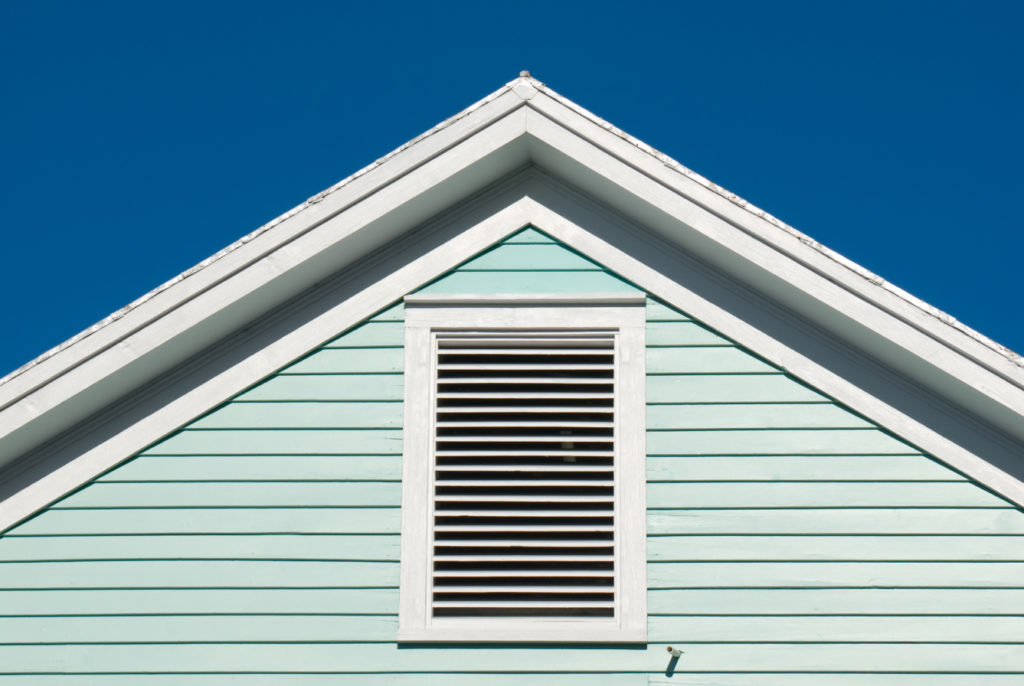
Fire-resistant vents.
Embers can pass through attic, eave, and basement vents and ignite a fire inside your house. To prevent this you can add a wire mesh screening over the vents that is no more than one-eighth of an inch. There are also companies that offer replacement vents specifically manufactured to protect your home against ember ignition and can be used to retrofit your existing attic, soffit, basement, foundation, or gable vents
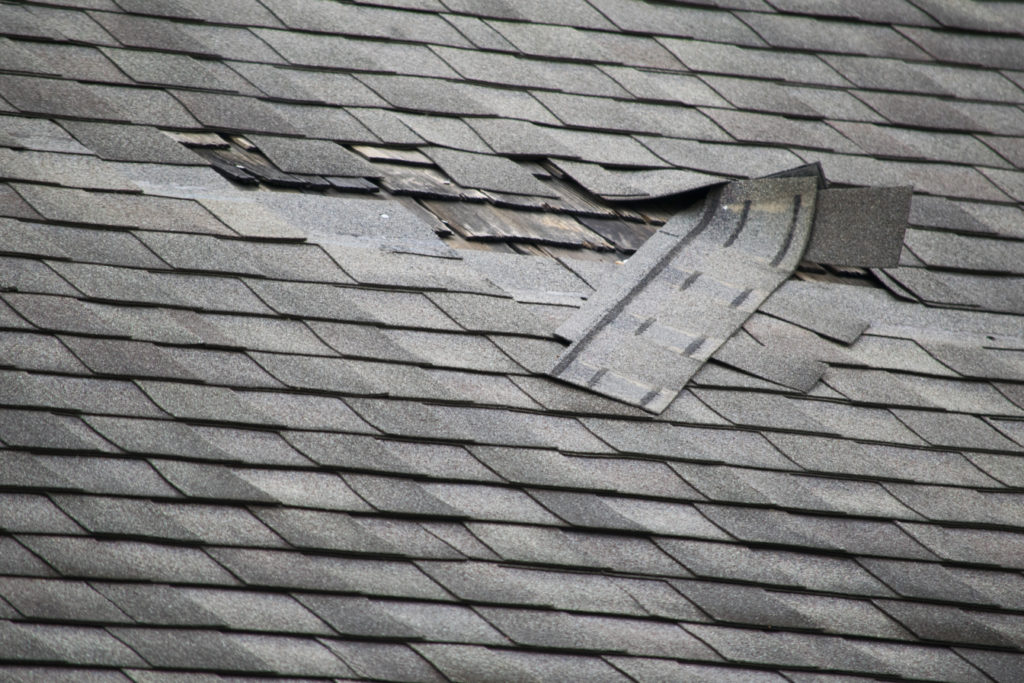
Fire-ready roof repairs.
Wildfire embers can find their way to any exposed nooks and crannies of a home. Loose or missing roof shingles or roof tiles create a space for embers to land and ignite a fire on your roof. Address minor repairs to your roof as soon a possible to reduce the risk that an ember will have place to get lodged during a fire.
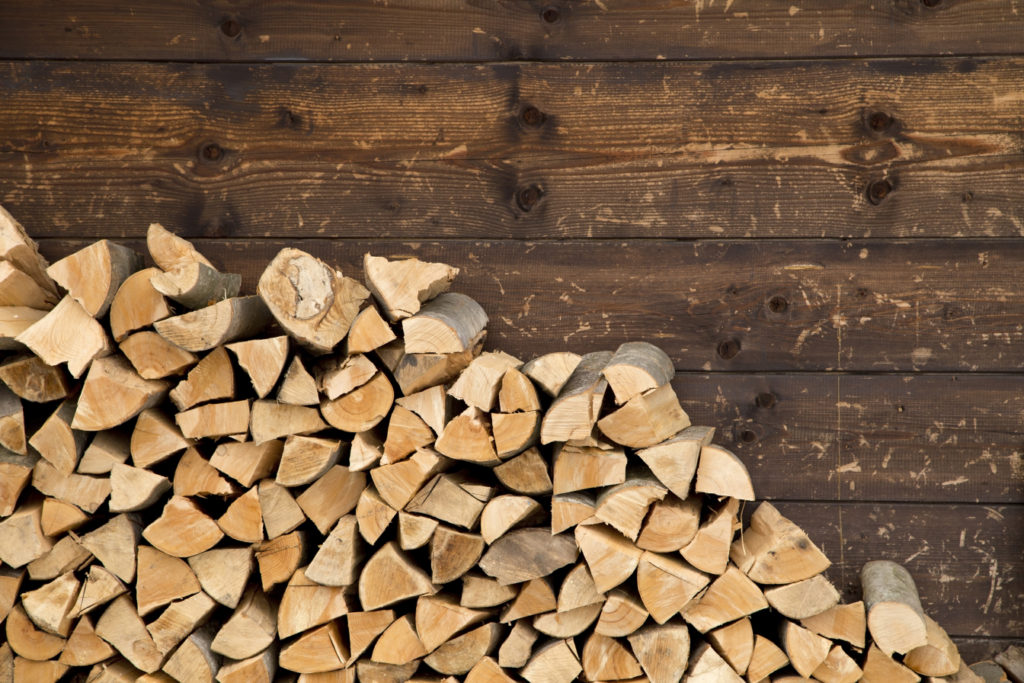
Consider flammable materials.
If you think it can catch fire, it will! Be aware of anything within zone zero that may be flammable and try to move these items at least five feet away from the exterior walls of your home. This includes firewood, mulch, plants, outdoor furniture, and even doormats if fire is near.
Three home hardening upgrades using fire-resistant building materials.
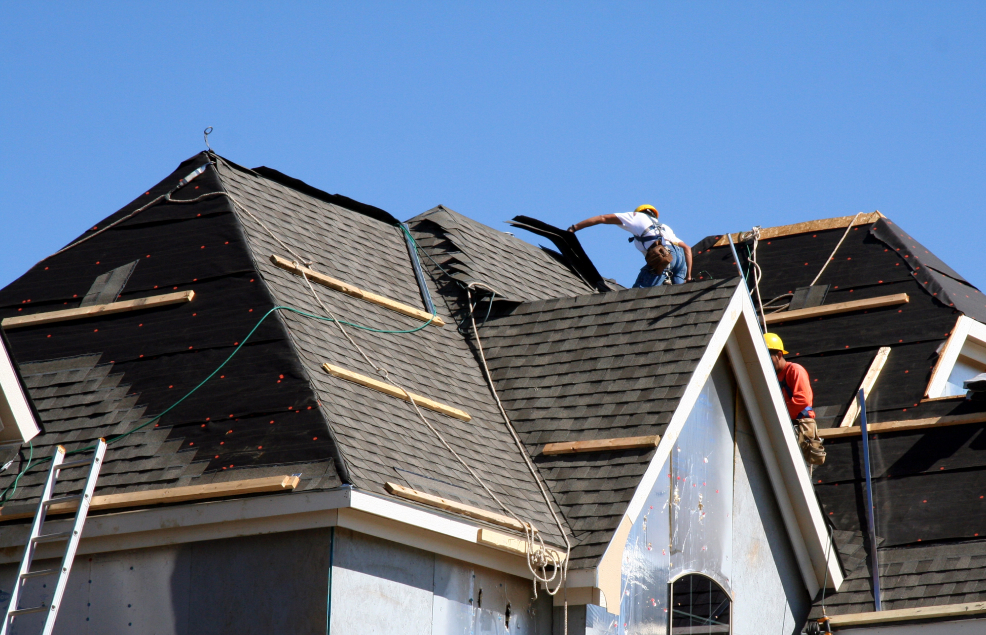
Class-A Fire resistant roofs.
A new roof built with a Class A roofing material offers the greatest protection from wildfire. If your home is located in a wildfire-prone area and your roof is unrated or if your roof is old and needs to be replaced, IBHS recommends a Class A fire-rated roof.
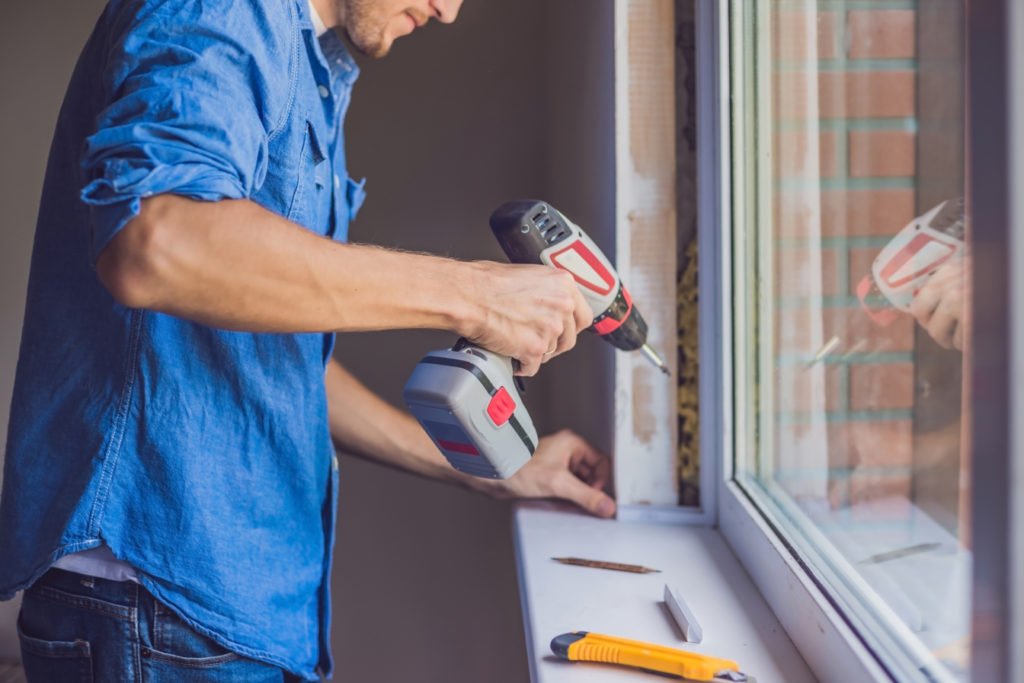
Fire-resistant window upgrades.
Heat from fires can cause windows and other outdoor glass fixtures to break before the fire even reaches your home. Once broken, window openings make it easier for embers to enter and ignite within your home.
To protect against this, install dual-pane windows with tempered glass to help windows resist fractures caused by wildfire heat.
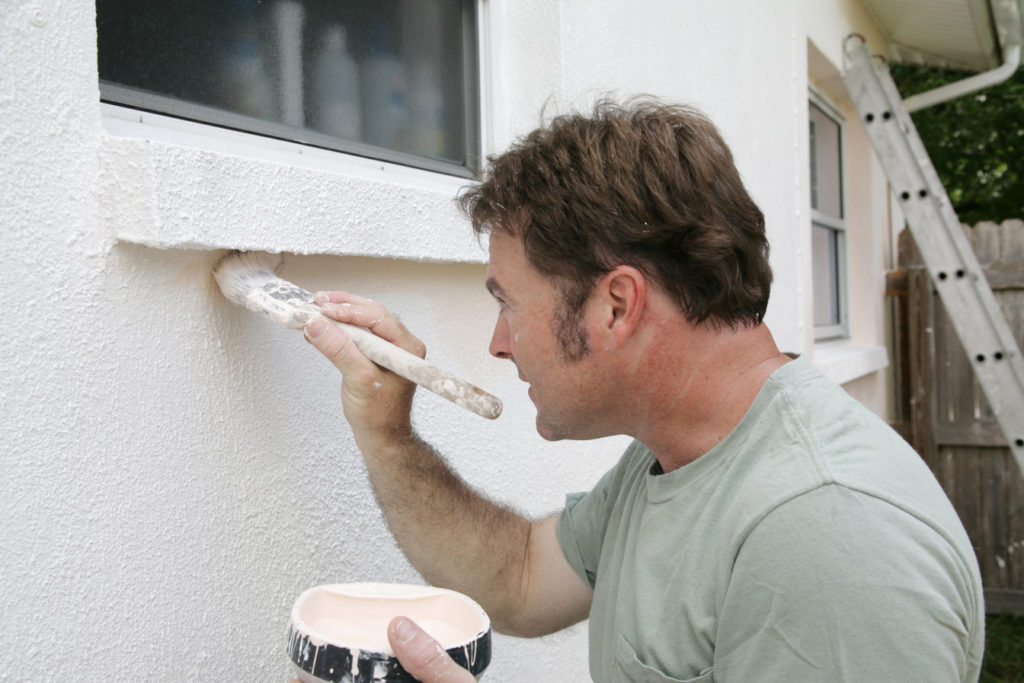
Fire-resistant siding.
Installing non-combustible exterior siding will help protect your home in the event of a wildfire. Common non-combustible materials include three-coat stucco, metal siding, and fiber cement siding. Working in combination with other fire preparation upgrades, fire-resistant siding materials will help reduce fire expose to your windows and eves.
Protect your home from wildfire – FAQ.
Preparing for a wildfire requires thinking through everything you need to do before and during a wildfire event. This includes preparing your landscaping for wildfire, having a wildfire evacuation plan, being able to carefully monitor wildfires in your area, and considering an exterior wildfire defense system. With careful planning, it is possible to greatly reduce the threat of wildfire to your family and your home.
Upgrading to fire-resistant building materials such as Class A roofing materials, non-combustible exterior siding, and dual-pane windows with tempered glass are key elements of hardening a house against fire. However, these steps alone are not enough to prepare for fire. A complete fire preparation plan also includes creating and maintaining defensible space around your home and having an evacuation plan.
No house can be made 100% fireproof. However, a combination of home fire-hardening upgrades can greatly increase the chances of your home surviving during a wildfire. It is critical to start with the basics, such as cleaning your roof and gutters from debris, coving the vents to your attic with wire mesh that is too small to allow embers to pass, moving flammable materials at least five feet away from the exterior walls of your home, and fixing any broken roof tiles that might provide a place for embers to settle during a fire. Once these steps have been completed, consider more significant improvements, such as upgrading to Class A roofing materials. Finally, consider adding the Frontline exterior sprinkler system to your home to provide a barrier of hydration to defend against embers during a wildfire.
If a wildfire evacuation has been ordered, evacuate immediately. No matter how well you have prepared your home for wildfire, it is never a good idea to try to survive a fire at home if an evacuation has been ordered. While some evacuation orders may be listed as voluntary and others mandatory, treat all evacuation orders seriously, evacuating for your safety. Pay attention to local notices and heed official orders from law enforcement. Evacuating as early as possible can help to ensure your safety while clearing pathways for firefighters on the roads. To help prepare, you can use our wildfire evacuation checklists and get started with our free wildfire preparation app.

The Frontline Wildfire Defense System.
Our exterior wildfire sprinkler system is a great addition to a complete home fire hardening plan. Contact us today to learn more and see if our system might be right for your home.

